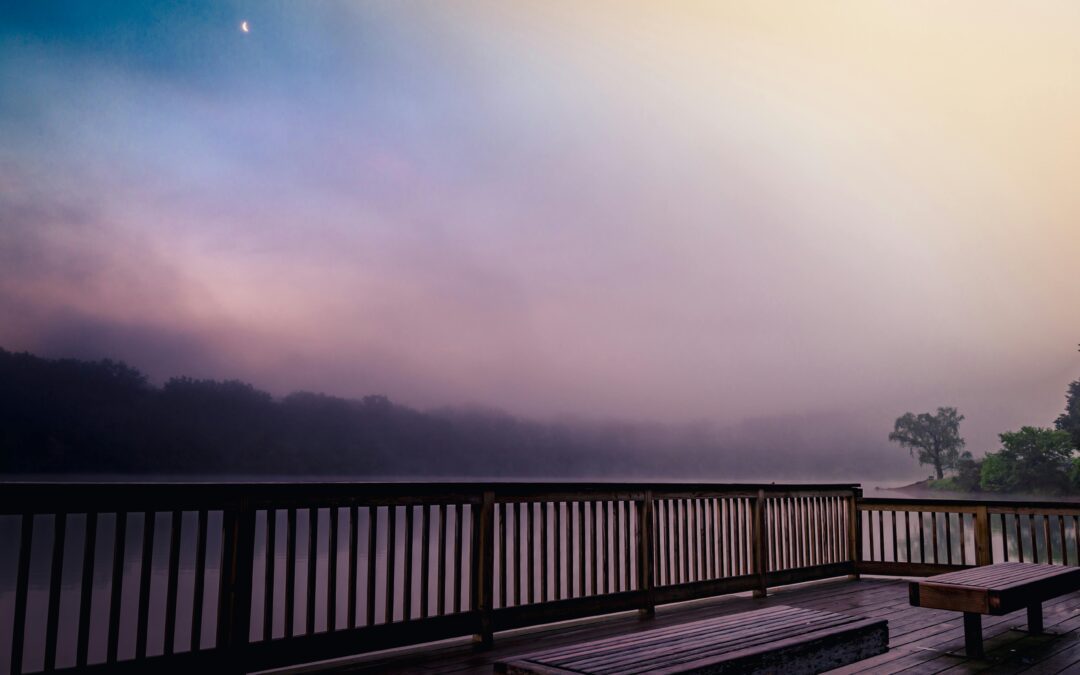Waterproofing and Weatherproofing Your Deck for BC’s Climate
British Columbia’s coastal weather presents unique challenges for outdoor structures. Constant rain, changing temperatures, and seasonal humidity can take a toll on even the best-built deck. To protect your investment and extend its lifespan, proper waterproofing and weatherproofing are essential.
In this post, we will explain the difference between waterproofing and weatherproofing, how each applies to your deck, and the best practices for ensuring your outdoor space stands up to BC’s climate year after year.
Why Deck Protection Matters
Decks in the Lower Mainland face constant exposure to moisture and temperature shifts. Without proper protection, these conditions can lead to:
- Rotting or warping boards
- Mold and mildew buildup
- Rusting hardware
- Cracked or failing surfaces
- Structural weakness over time
Whether your deck is made of wood, vinyl, or composite, all materials need some level of protection to stay safe and looking good.
What Is Waterproofing
Waterproofing is the process of creating a barrier that prevents water from soaking into the deck surface or reaching the structure underneath. It is especially important for elevated decks where water can cause damage to living space or storage below.
Waterproofing is most commonly applied through:
- Vinyl membranes
- Liquid coatings
- Sealants for seams and joints
- Flashing and drip edges to guide water away
When done properly, waterproofing not only protects your deck surface but also safeguards beams, joists, and substructures from hidden damage.
What Is Weatherproofing
Weatherproofing involves protecting your deck from a range of environmental elements, not just water. This includes sun exposure, wind, snow, and temperature changes.
Key weatherproofing strategies include:
- Using durable, weather-resistant materials
- Applying sealers or stains to block UV rays and moisture
- Installing proper drainage systems
- Ensuring good ventilation around the deck structure
The goal is to slow down the natural wear and tear that happens with age and exposure.
Best Waterproofing Options for BC Decks
The right approach depends on your deck material and how the space is used. Here are some common methods used by professionals across the Lower Mainland.
1. Vinyl Deck Membranes
Vinyl is one of the most popular waterproofing choices in BC. It creates a sealed surface that prevents water from reaching the deck frame. It is ideal for second-storey decks or any deck with usable space below.
- Available in various colors and textures
- Heat-welded seams for a watertight finish
- Long lifespan with minimal maintenance
- Slip-resistant options for added safety
Vinyl is an excellent choice if waterproofing is your top priority.
2. Liquid Waterproof Coatings
These coatings are applied like paint and create a flexible, water-resistant surface once cured. They work well on concrete decks or older wood decks that need added protection.
- Easy to apply over existing surfaces
- Can be reapplied as needed
- Not as long-lasting as vinyl but useful for repairs
This option is often used to extend the life of aging decks or as a maintenance measure between full rebuilds.
3. Flashing and Drip Edges
Proper installation of metal flashing at transitions, seams, and along edges helps divert water away from vulnerable areas.
- Often used in conjunction with vinyl or coatings
- Helps prevent water from seeping behind boards or into the structure
- Essential for decks attached to homes
Good flashing is a small detail that makes a big difference in long-term protection.
Best Weatherproofing Strategies for Deck Durability
Even if you have a waterproof surface, your deck still needs protection from the rest of the elements. Here is how to make sure your deck is fully weatherproofed.
1. Choose the Right Materials
Start with materials designed to withstand moisture and UV exposure. These include:
- Pressure-treated lumber for framing
- Composite decking for low-maintenance performance
- Cedar or redwood for natural weather resistance
- Stainless steel or galvanized hardware to prevent rust
Material choice is your first layer of defense against BC’s wet winters and sunny summers.
2. Apply Sealers or Stains
Wood decks need regular sealing or staining to protect against moisture and sunlight. A good sealer will:
- Repel water
- Prevent fading or graying
- Reduce cracking and splitting
Sealing should be done every one to two years, depending on exposure and product used.
3. Improve Drainage and Airflow
A dry deck lasts longer. Make sure your design includes:
- Slight slope to direct water off the surface
- Gaps between boards for runoff
- Open space beneath the deck for ventilation
- Downspouts or drainage paths that lead water away from the home
Avoid trapping moisture anywhere in or under the structure.
Signs Your Deck Needs Better Protection
If you already have a deck, watch for these warning signs that waterproofing or weatherproofing may be failing:
- Soft or spongy boards
- Water pooling on the surface
- Green or black mold spots
- Loose or rusted fasteners
- Flaking or peeling finishes
These are signs it may be time to reseal your surface, repair a membrane, or consult a contractor about long-term fixes.
Working with a Professional Pays Off
Proper protection starts with good construction and continues with regular care. A skilled deck builder will:
- Install the right waterproofing system based on your needs
- Use proven weatherproofing methods that work in BC conditions
- Help you choose materials that match your home and climate
- Ensure all flashings, joints, and seals are correctly handled
Cutting corners on protection leads to costly repairs. Working with an experienced contractor ensures your deck stands up to the elements.
Maintaining Your Protected Deck
Once your deck is sealed and weatherproofed, ongoing maintenance helps preserve its condition. Here is what you should do:
- Inspect your deck each spring and fall for signs of wear
- Clean surfaces with mild soap and water to prevent buildup
- Reseal or refinish as needed
- Check for leaks or gaps around railings and fasteners
A small amount of maintenance each year can add many years to your deck’s lifespan.
Final Thoughts on Deck Protection
BC homeowners face real challenges when it comes to deck longevity. But with the right waterproofing and weatherproofing strategies, your deck can hold up through years of rain, sun, and everything in between.
At All Hands On Deck, we use industry-proven materials and techniques to protect the decks we build. From vinyl membranes to drainage systems, we design every project with local weather in mind.
Need help protecting your deck from the elements? Contact us today to explore waterproofing options that fit your space and budget.



Recent Comments